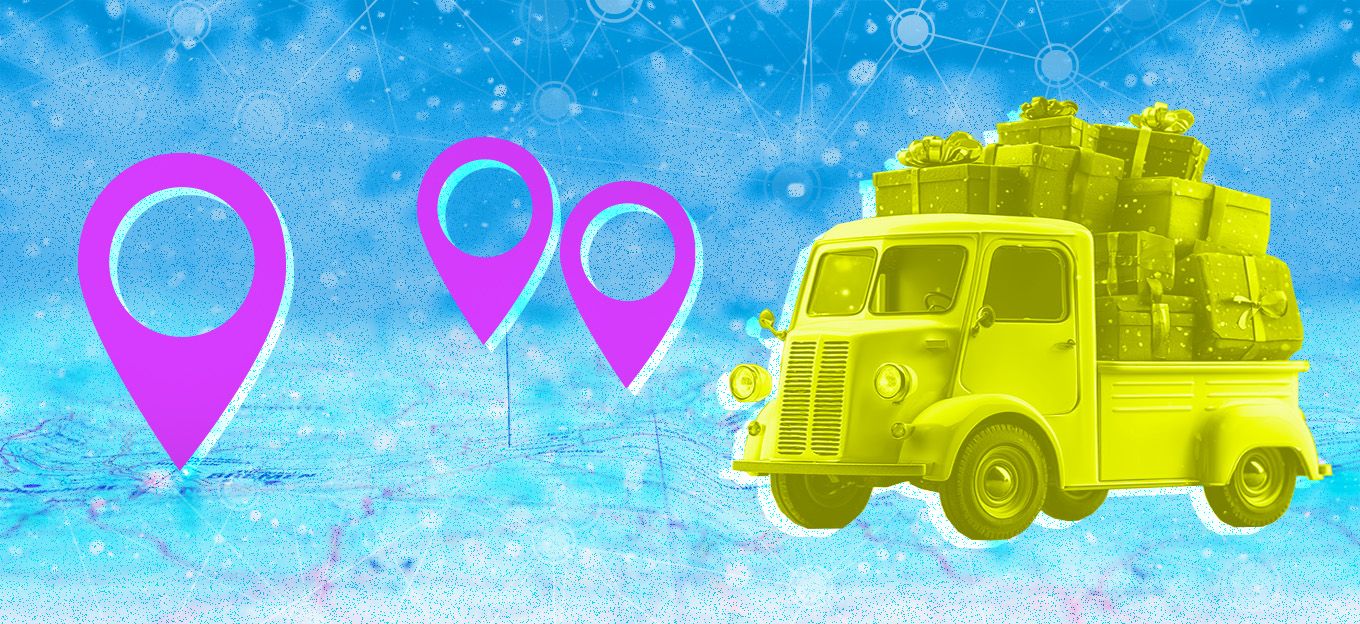IIoT Applications in Logistics
IIoT Applications in Logistics
- Last Updated: December 2, 2024
Guest Writer
- Last Updated: December 2, 2024



Logistics is often a poster child Applications for new technologies. Not surprisingly, the Industrial Internet of Things (IIoT) found early adoption in this sector. While this post highlights some of the success stories of IIoT adoption in logistics, it also underscores an opportunity for IIoT to have a significant impact on mitigating the problem of global hunger.
"Supply Chain Versus Supply Chain"
In October 2001, nearly a decade before the Internet of Things (IoT) started capturing the minds of business strategists, a thought-leading article “Supply Chain Versus Supply Chain: The Hype & The reality” appeared in the Supply Chain Management Review. The authors—James Rice Jr. from MIT and Richard Hoppe from McKinsey—critiqued the proposition that the nature of competition won't be between companies, but rather between supply chains. The core of supply chain is logistics: freight transportation, warehousing operations and last-mile delivery. The race for dramatic improvements in operating efficiency in supply chain and logistics had just started.
Just as CNC machines and SCADA were precursors to IIoT on the shop floor to improve agility, productivity and quality, so too were hand-held scanners, bar codes and RFID tags in logistics. (SCADA, hand-held scanners, building automation systems and sensors are essentially data monitoring and data acquistion systems.) With data acquisition infrastructure already in place in warehousing and freight operations, the transition to embrace IIoT was rapid in logistics.
IIoT for Freight Operations
In 2012, annual cargo thefts in the USA and Europe were reported at 946 and 689 respectively. Thefts cost shippers and insurance providers billions of dollars each year, from both the impact of inventory delays as well as the cost of stolen goods.
Through IoT, logistics providers not only get real-time visibility on the movement of goods but also item-wise monitoring. This ensures that each item arrives on time, at the right place, and intact. We can relate to this when we fly across the world with multiple change-overs. The probability of a passenger’s baggage not being on the designated conveyor belt at the arrival airport is reducing each year.
IIoT in Warehouse Operations
The widespread adoption of hand-held scanners and item-level tagging—using low-cost devices such as RFID—has paved the way for IoT-driven warehouse operations. While use of wireless readers to capture data from pallets has been around for some time and has eliminated the time-consuming task of manual counting and volume scanning of pallets, IoT-driven warehouse management now provides real-time visibility into inventory levels, thus preventing costly out-of-stock situations. For quality management, sensors monitor the condition of an item and alert warehouse managers when temperature or humidity thresholds are about to be breached.
IIoT for Food Logistics in Emerging Markets
It's grim reading that India ranks 63 out of 78 hungriest countries in the Global Hunger Index published by the International Food Policy Research Institute. The tragedy is that India’s food problem (which translates to nearly 50 percent of children under three being grossly malnourished and underweight) can be eradicated if India did not have 70 percent of fruits and vegetables wasted in the supply chain. This waste accounts for 40 percent by value (approx US $8B) of annual production, making market prices twice as high.
While policy initiatives have been towards increased food production, it's time to shift focus towards more efficient distributions. India already has a great example in milk distribution: the story of Amul is well documented where refrigerated storage and transportation and quality monitoring has been in place for long. The emergence of high-speed networks at lower tariffs, dropping prices of sensors, ease of installation and their versatility in monitoring every relevant parameter in food storage, transportation and last-mile delivery can further improve what we have already seen with Amul milk distribution.
Beyond full-condition monitoring by intelligent sensors, it's sensor analytics that would ensure complete integrity during transportation. Example: as delivery takes place, sensors in the vehicle would detect weight reduction, transmit messages to the temperature control system, such that cooling may be reduced based on ambient temperature and remaining distance to be covered, to improve energy efficiency without impacting food quality. Analytics is key to IIoT and could play a pivotal role in food supply chains and eradicating hunger from emerging markets.
Written by Shekhar Dasgupta, Founder of GreenField Software Private Limited.
The Most Comprehensive IoT Newsletter for Enterprises
Showcasing the highest-quality content, resources, news, and insights from the world of the Internet of Things. Subscribe to remain informed and up-to-date.
New Podcast Episode

Moving Past the Pilot Phase in IoT and AI
Related Articles



